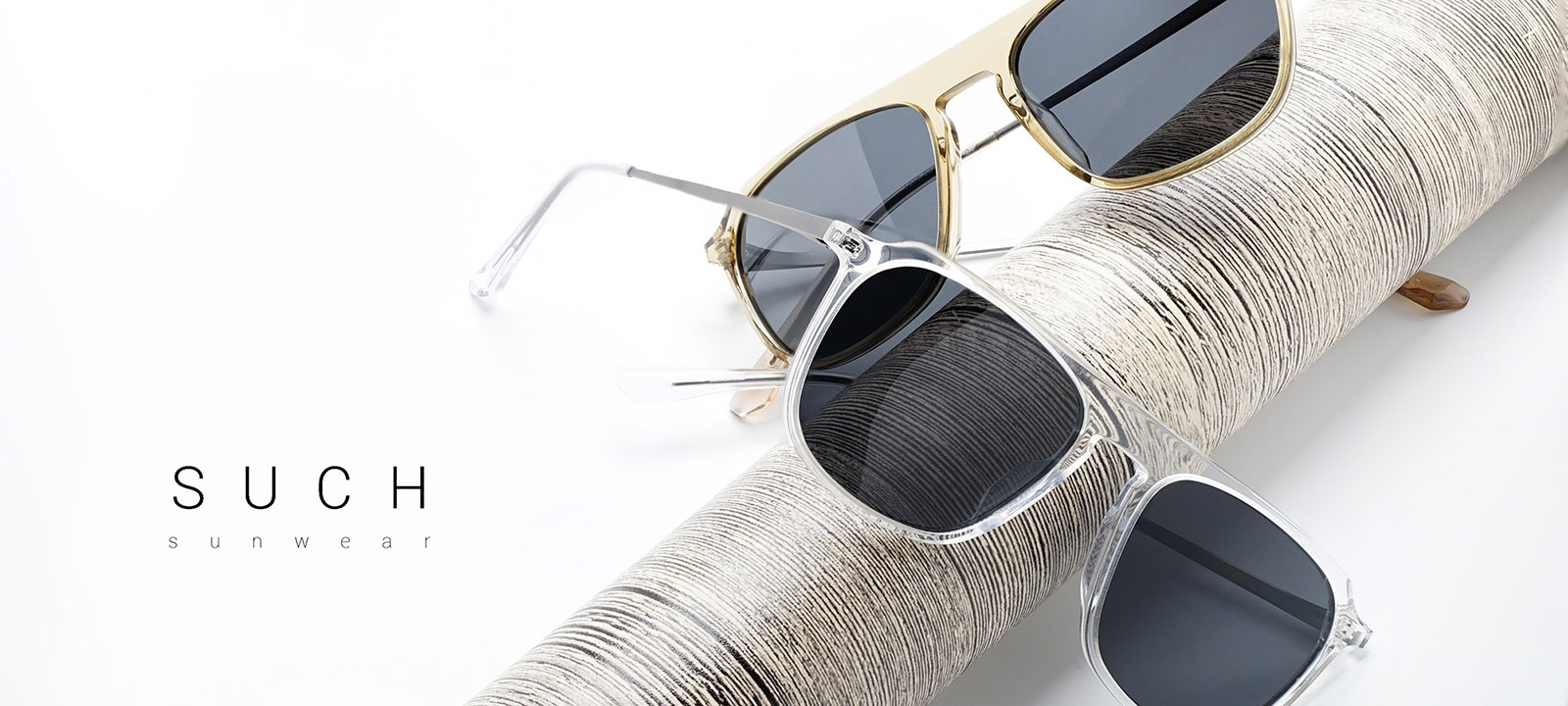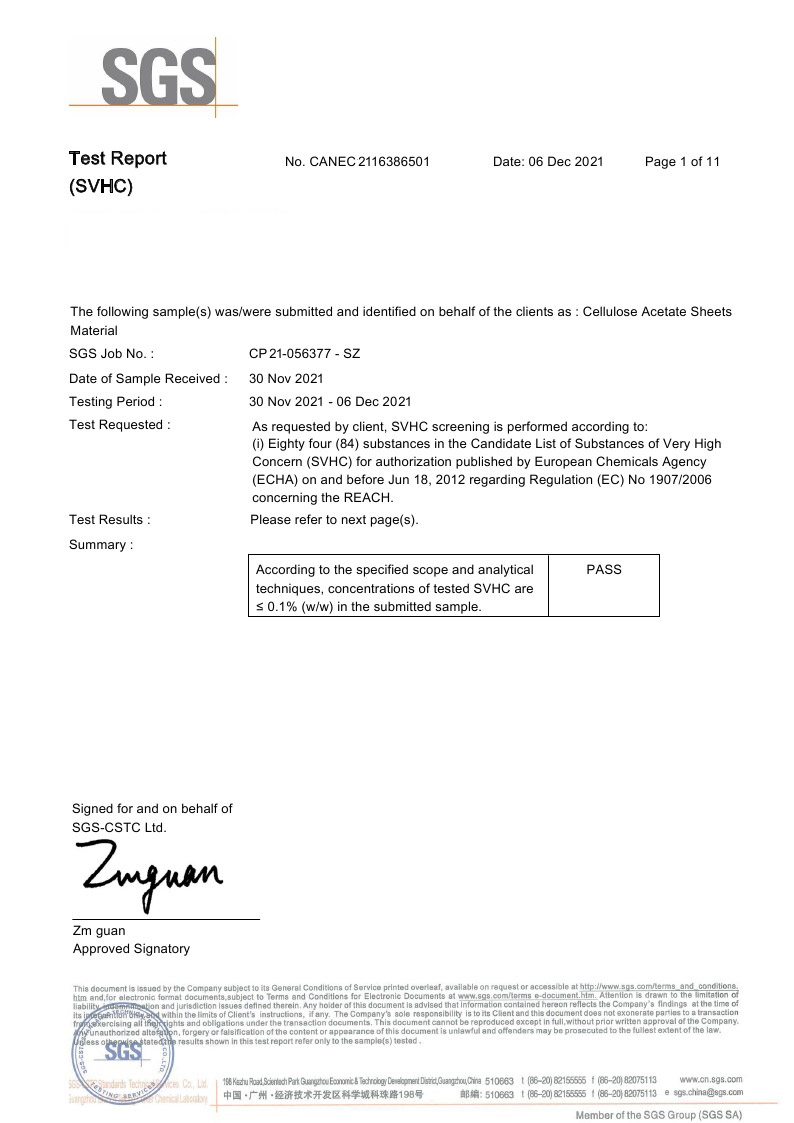Made from cellulosics acetate combines comfort and strength
Historically, the world has operated in a linear economy where raw materials and resources are extracted or harvested from the ground to produce products. Those products are then used, some only a couple of times, and when we no longer want them, they are thrown away—creating a take-make-waste process known as a linear economy.
A circular economy focuses on making the most of the world’s resources—minimizing waste and maximizing value by providing end-of-life solutions to reduce, reuse, and recycle products and materials that typically end up in landfills and our waterways. It keeps materials in use and decouples growth from scarce resource consumption, allowing economic development and improvement in quality of life within natural resource limits.
Cellulose acetate is a modified natural polymer.
 To obtain Cellulose Acetate we start with the selection of renewable sources such as certain varieties of trees and cotton linters.
From these sources the purest part of the cellulose is extracted which is subsequently treated with Acetic Anhydride and transformed into Cellulose Acetate powder.
To obtain Cellulose Acetate we start with the selection of renewable sources such as certain varieties of trees and cotton linters.
From these sources the purest part of the cellulose is extracted which is subsequently treated with Acetic Anhydride and transformed into Cellulose Acetate powder.
Chemical resistance
Cellulose Acetate sheets have good resistance to water-based solutions dissolved with acids, bases, and inorganic salts, paraffinic hydrocarbons, higher alcohols, oils, and fats. When in contact with boiling water, surface whitening occurs. In order to heat the material for curving or mechanical deformation, as an alternative to the most common high-frequency heaters, a heated bath of water and glycerine in equal parts is used (1:1). When in contact with alcohols, aromatic hydrocarbons, and chlorinated solvents, swelling or plasticizer loss occurs. Material is soluble in ketones. Acids and strong mineral bases, pure or concentrated oxidizing salts lead to chemical degradation. Due to its chemical nature, cellulose acetate used for the production of such sheets has a tendency to absorb water.Polishing with polishing wheel
Polishing of Cellulose Acetate products can also be carried out dry on the polishing machine with a cloth wheel and polishing paste. This operation can also be performed with polishing tools used for modeling or hobby. In this case, it is advisable to carry out tests in order to define the ideal conditions for achieving the desired finish. The polishing paste must be of good quality, very fine-grained. When the wheel is soiled and there is an excess of paste, it must be cleaned. During polishing, do not place the object on the wheel with too much pressure to avoid the removal of material or deformations resulting from unilateral heating. If metal components are already mounted on eyewear components, they will have to be protected, for the hinges, it is customary to use nylon caps. Leaving unprotected components can cause 'hammering' on the surface of the parts to be polished.Testing by SGS
➢ Suited to a broad range of eyewear types, including prescription and fashion designs ➢ Wearer comfort—bioplastic gives a natural feel ➢ Trusted eyewear solution for several decades ➢ Industry-leading compatibility with sunscreens, sweat, and skin oils ➢ Excellent scratch resistance ➢ Suitable for extrusion and injection molding production methods

